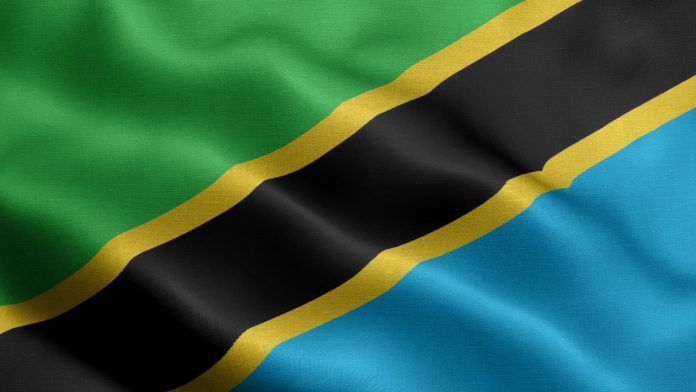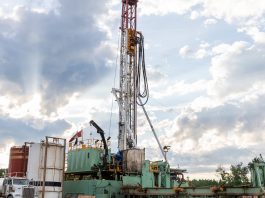Moses Kulaba, East Africa Regional Manager for the Natural Resource Governance Institute (NRGI), discusses Tanzania’s natural resources and their potential in the global critical metals supply chain.
Mining is a leading industrial sector in the African country of Tanzania, and the value of its mineral exports is consistently increasing. Tanzania’s natural resources include gold, iron ore, copper, nickel, cobalt, silver, graphite, coal, and uranium. Tanzania is also home to a wide expanse of rare earth elements and critical minerals currently in exploration.
As the energy transition takes hold, the demand for rare earths and critical minerals is ever-increasing. Working to meet this demand, mineral exploration in several parts of Tanzania has increased substantially in recent years. The sector has attracted new foreign investment in mineral development exploration, with local investment surpassing $1bn.
Despite being an attractive location to investors, Tanzania’s mining sector has had to navigate several regulatory and policy changes in recent years. For example, the Petroleum Act 2015 and the Mining Act 2010 state that license holders and contractors in the extractive sector are liable to pay taxes, including corporate tax (30%), capital gain tax (30%), withholding tax (10%) and other taxes.
In June 2017, the Tanzanian government passed several laws with major implications for extractive sector governance in the country. This included the Natural Wealth and Resources Contracts Bill, the Natural Wealth and Resources Bill and the Written Laws Act. One of the most significant impacts of the bills is that they give the government renegotiation powers for any deals considered inequitable and containing ‘unconscionable terms’. Other provisions entitle the government to stakes of at least 16% in mining companies operating in the country, with the option to acquire up to 50%.
The Innovation Platform spoke to Moses Kulaba, East Africa Regional Manager for the Natural Resource Governance Institute (NRGI), to learn more about Tanzania’s natural resources and their potential in the global critical metals supply chain.
What does Tanzania’s natural resources landscape look like and what is its potential for future production?
Tanzania has huge potential for transition minerals and its landscape appears promising. A scoping study we commissioned in 2021 revealed that the country has discoveries of 24 minerals categorised as ‘critical’. It has the world’s fifth-largest graphite reserves and large nickel deposits.
In recent years, interest in Tanzania’s natural resources sector has increased, with exploration for the category growing vis-à-vis conventional minerals like gold and diamonds.
How can Tanzania’s economy benefit from an increase in critical metal production?
Authorities could secure more benefits from the production of Tanzania’s natural resources by leveraging current potential and governance frameworks to attract and retain new investments and maximise benefits from the minerals.
Additionally, they could capture more value from critical minerals by ensuring that value addition processes take place within the country, before export.
What are the major issues surrounding the mining sector in Tanzania and how can these be overcome?
The unpredictability of the regulatory framework for the mining sector is a major issue in Tanzania. Recent reforms (between 2015 and 2017) were quite disruptive, and the government will have to work hard to restore investor confidence.
How can the Tanzanian mining industry ensure that it prospers in a responsible and sustainable manner?
There are several ways in which the Tanzanian mining industry can focus on its sustainable and environmental credentials.
Deals that yield benefits for Tanzanians, and Africans generally, will help reduce risks for investors and ensure global supplies of metals. In addition, protecting the environment from the adverse effects of mining will help to ensure that it is sustainable.
Time is of the essence. There are only 27 years remaining until countries representing two-thirds of the global economy aim to have net zero emissions – for which transition minerals are crucial. However, it takes on average 17 years for the mining industry to develop a mineral discovery and start production. Tanzania must be strategic in its approach. The industry must ensure that Tanzania’s natural resources are captured in a sustainable manner.
Success doesn’t require ‘reinventing the wheel’. Numerous existing policy approaches will help. The government may not necessarily require a new policy particularly targeting critical minerals, but some tweaks in the current regulatory framework with a combination of other actions could suffice.
There is also a need for proper governance. The government must improve its capacity to design and implement policies and optimise conditions for a transparent, accountable, and corruption-free industry.
Please note, this article will also appear in the fourteenth edition of our quarterly publication.









